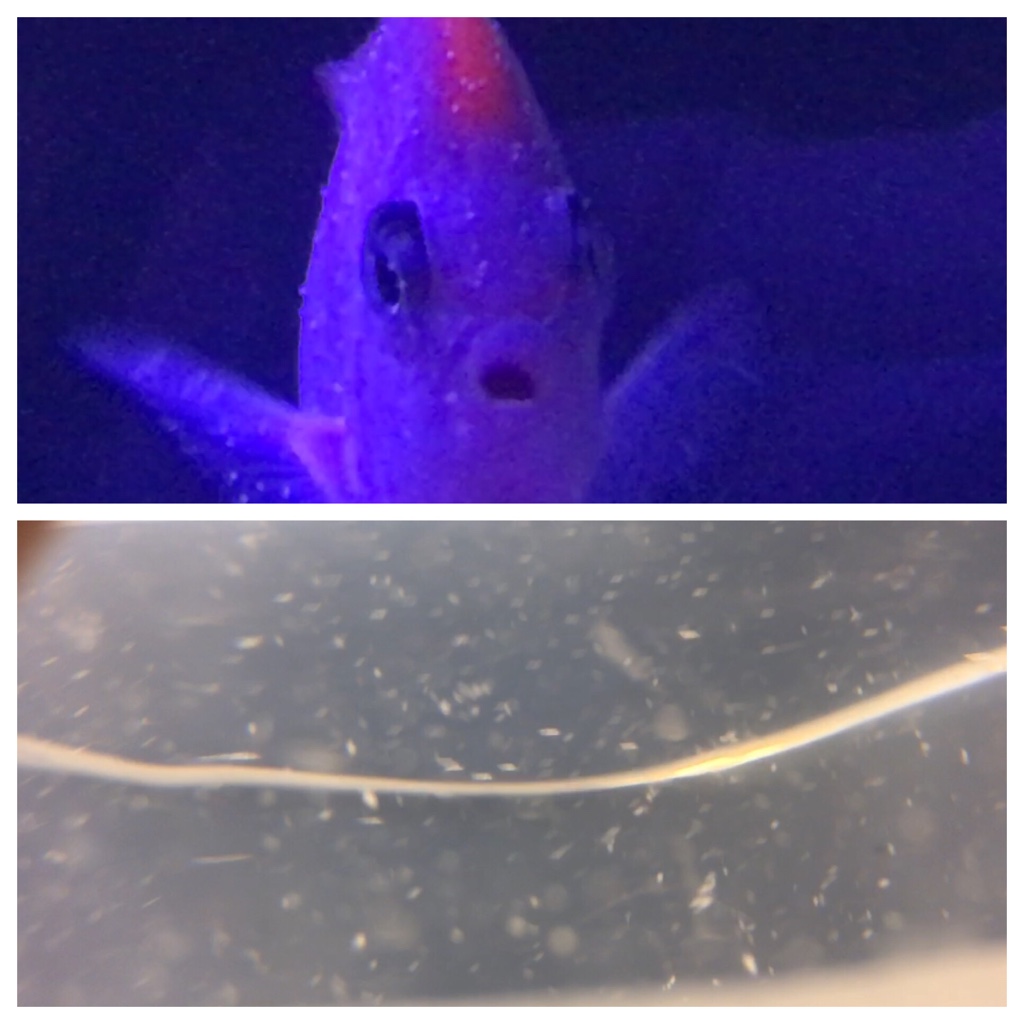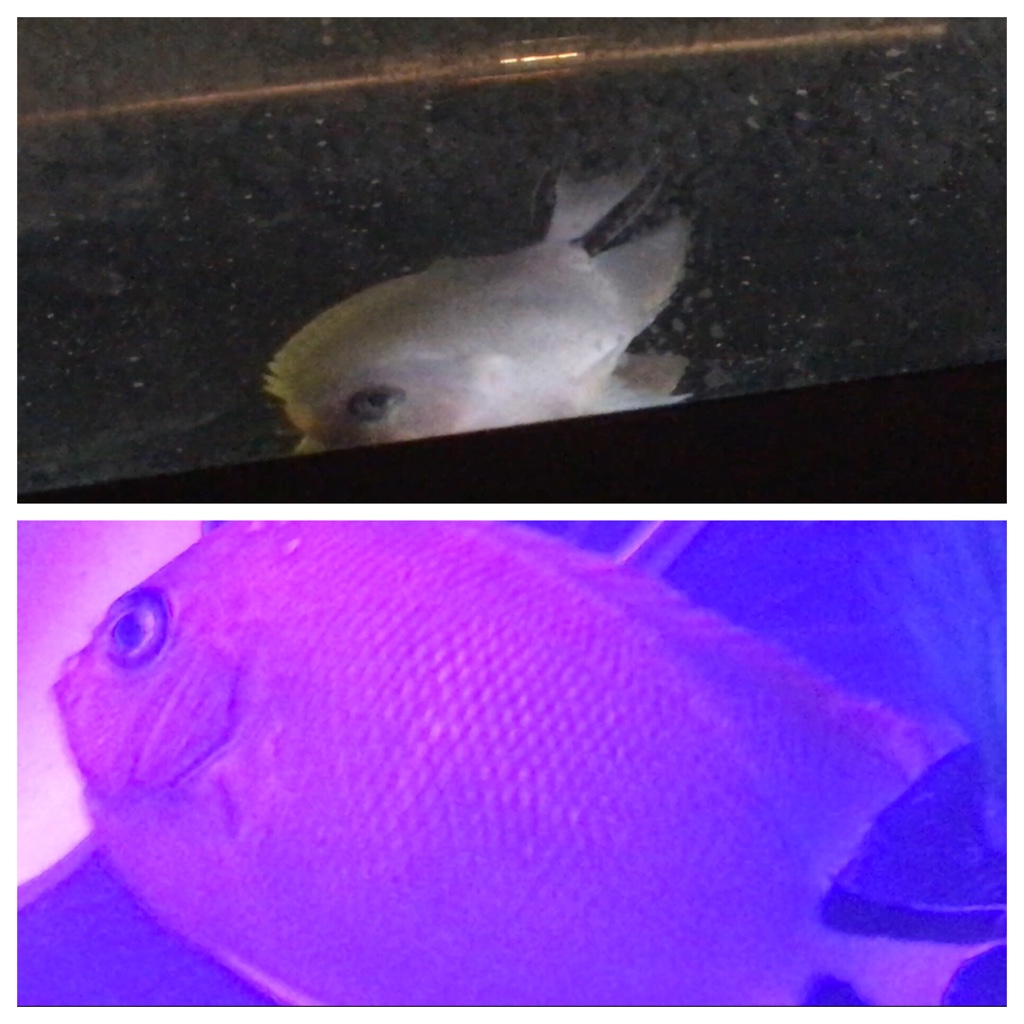I have used GC and CP concurrently for the last 4 fish I have received. All made it through fine.
How is he looking today? Usually the CP drops the active velvet pretty quick (I know it isn't supposed to, but there have been several reports).
Keep an eye out for bacterial infections. The velvet falls off and leaves open wounds on the fish. My puffer got a cloudy eye which cleared up quickly with euthromycin
I have been so busy with this I didn’t see the reply. I literally brought this fish back from the dead. Turns out, it was primarily flukes eating her alive, but probably paired with velvet or ich too. She’s turned a corner this morning after a couple FW dips, an extended Rally bath, vitamins in the water etc etc. went from lifeless on the bottom of the aquarium for over 12 hours to showing signs, incredible. I can already see the start of bacterial issues on the fin and some tattered Fins from where the attack points were. I have Kanaplex in the water at the moment and I’m trying to figure out if I should do a full dose of prazi, or treat with something like GC so if it is another parasite it doesn’t get missed in the process.
After the fight I’ve witnessed with this fish the last 24 hours I’m extra determined to knock it all out at this point.




















